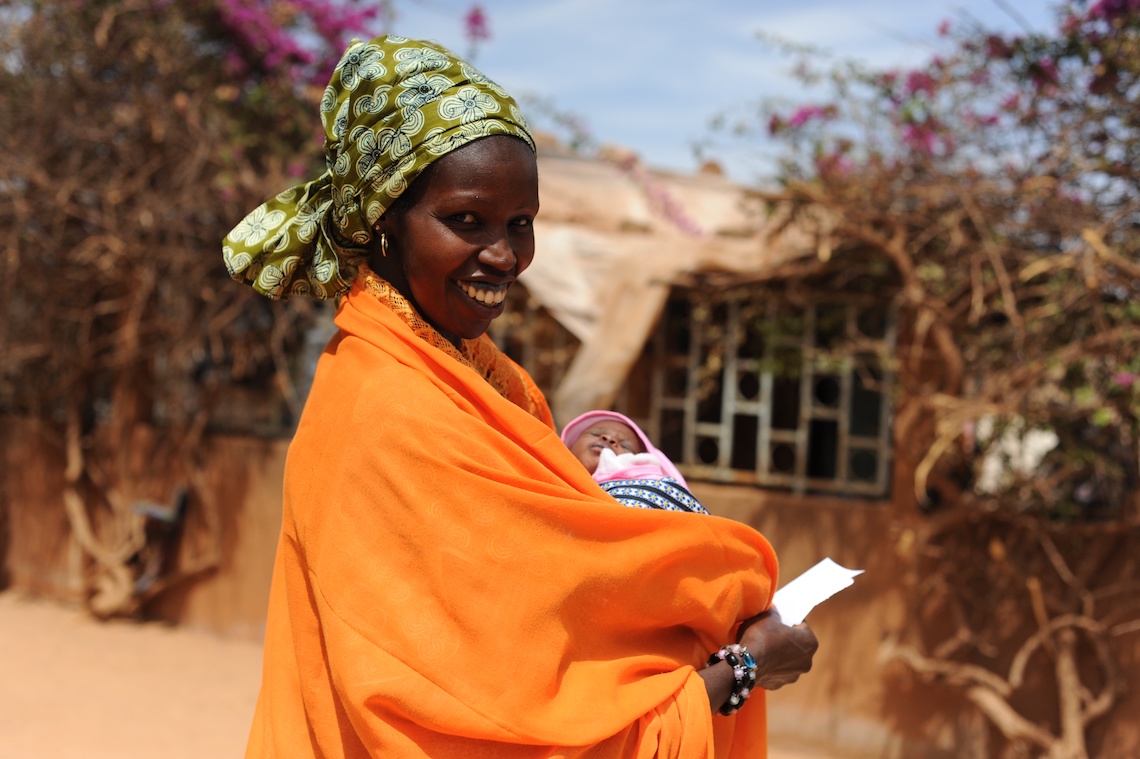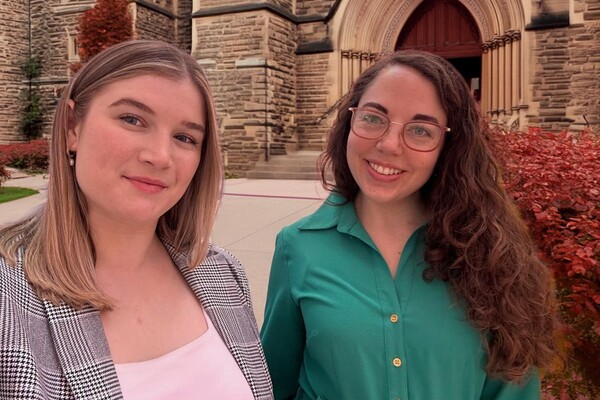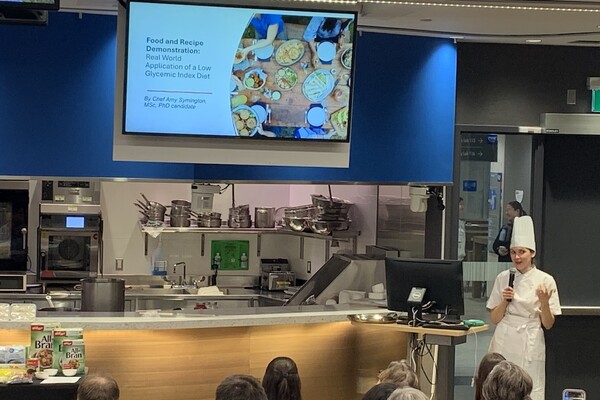Main Second Level Navigation
Breadcrumbs
- Home
- News
- Recent News
- U of T Researchers Boost Quality of Canada’s Global Nutrition Programs
U of T Researchers Boost Quality of Canada’s Global Nutrition Programs

This year has been one to forget for most people. But for Sara Wuehler, 2020 brought one welcome change: better monitoring of Canada’s efforts to improve nutrition in low-income countries, thanks in part to researchers at the University of Toronto.
Wuehler is a senior technical advisor for Nutrition International, a non-governmental organization based in Ottawa that has offices in 10 countries, funded by the Government of Canada and other donors.
Nutrition International partners with local groups to improve nutrition for those who need it most, especially women and girls in Asia and Africa, through supplementation and fortification, evidence generation and education programs, among other means.
As survey data on monitoring of those programs rolled in this year, Wuehler was pleased.
“In the past when we began or ended a project, there were problems or issues in interpreting and reporting results,” Wuehler says. “Some data were missed, not collected properly, or survey set up took too long. We only had a few countries reporting on time.”
This year, Nutrition International received data from all but one country on time.
“That was amazing and huge,” Wuehler says. “It’s one way our work with U of T has made a difference, just on the reporting side. If we don’t get data in a timely fashion, we can lose a year of informed programming.”
The change stems from a move within Nutrition International to develop performance indicators for program goals, which led to a collaboration with U of T and the University of Ottawa that began in 2017.
A U of T team led by Professor Daniel Sellen developed better survey-based tools for monitoring programs; researchers at U of O led by Professor Vivian Welch identified nutrition-related gender equality indicators for pilot testing.
Sellen is a distinguished professor of anthropology and global health based in the Faculty of Arts & Science at U of T, and director of the Joannah & Brian Lawson Centre for Child Nutrition.
“Our goal was a leaner, more efficient and adaptable toolkit for improved data quality and comparability across projects,” Sellen says. “We see this work as a contribution to the public good that helps ensure the relevance of global investments ultimately funded by Canadian taxpayers.”
Sellen’s research group helped standardize the survey process from start to finish by improving mobile data collection and sample size calculations, creating quality metrics during and after data collection, and with comprehensive checklists for survey organization.
They also created an interactive dashboard to visualize results.
 Victoria Sauveplane-Stirling managed much of this work. She is a research associate who joined Sellen’s lab after several years with non-governmental organizations including Action Against Hunger, where she developed training and strategy on a methodology called SMART, for standardized monitoring and assessment of relief and transitions.
Victoria Sauveplane-Stirling managed much of this work. She is a research associate who joined Sellen’s lab after several years with non-governmental organizations including Action Against Hunger, where she developed training and strategy on a methodology called SMART, for standardized monitoring and assessment of relief and transitions.
“We took inspiration from existing tools and manuals, using SMART as a backbone but also SENS [standardised expanded nutrition survey, United Nations High Commission for Refugees] and CE-DAT [complex emergency database checklist],” says Sauveplane-Stirling. “Our approach was to produce an iterative and comprehensive package, but without reinventing the wheel.”
Several U of T students worked closely with Sauveplane-Stirling on the project, including Lauren Hamill, a master’s student at the Dalla Lana School of Public Health. Hamill conducted an inventory of the new toolkit and helped disseminate it through contributions to a poster, a manuscript based on a desk review and webinar training — all remotely due to COVID-19 during a four-month practicum.
“It was an excellent experience — not just literature reviews but very hands-on,” says Hamill. “I learned about tool development and how to monitor interventions, but also about program implementation, collaboration and the global health sphere in general.”
Doctoral student Alison Riddle and researchers at U of O added gender equality indicators to the monitoring toolkit through work with the Campbell Collaboration, a social science research network for evidence review and synthesis.
Those indicators incorporate a broad definition of the environments in which women and girls live, and include relationships across nutrition, health, social beliefs and gender roles. Questions on iron supplementation, for example, now assess a woman’s understanding of the importance of iron but also whether her husband supports her efforts to get it.
Other improvements based on U of T’s contributions include real-time data checks to identify outliers and correct errors during data collection.
 Survey managers at the country level have been very positive about the changes, says Colin Beckworth, a technical advisor at Nutrition International. “Our protocols set out unambiguously what we want in terms of data quality, and provide the tools to achieve that quality, which actually frees up their time,” he says.
Survey managers at the country level have been very positive about the changes, says Colin Beckworth, a technical advisor at Nutrition International. “Our protocols set out unambiguously what we want in terms of data quality, and provide the tools to achieve that quality, which actually frees up their time,” he says.
Within Nutrition International, updates to the surveys are gaining wider traction. Staff encounter fewer pockets of data that need to be pulled together, because the data are standardized and sit in a database with a dashboard they can access anywhere in the organization.
“With faster, easier access to data, we can more pro-active in the way we use data, course-correcting our programs to better achieve our aims,” Beckworth says. The database and its contents have become an example of what monitoring can look like across Nutrition International programs, he adds.
“For me, the acid test on the value of collaboration at this scale is whether it has changed the way we work,” says Beckworth. “The answer here is yes, and that’s changed the results we’re getting.”
This work was funded through the Canadian Collaborative for Global Health, an initiative of the Canadian Partnership for Women and Children’s Health (CanWaCH), with support from Global Affairs Canada.
News

Buy-in and adequate funding essential to success of national school food program: U of T researchers


